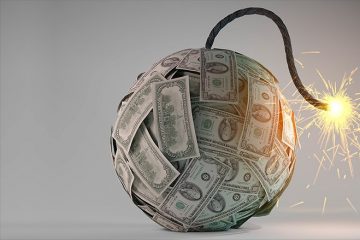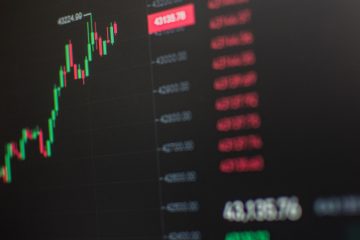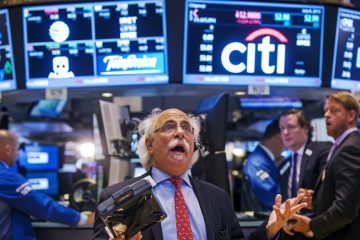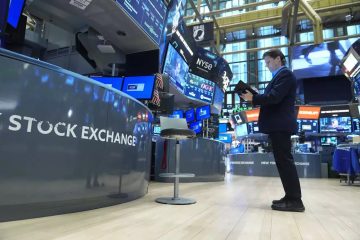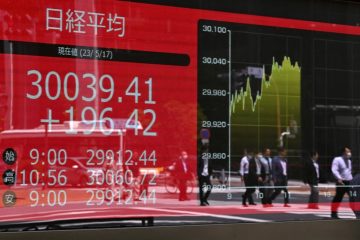The 30 Best Stocks to Buy for 2019—in a Bull or Bear Market
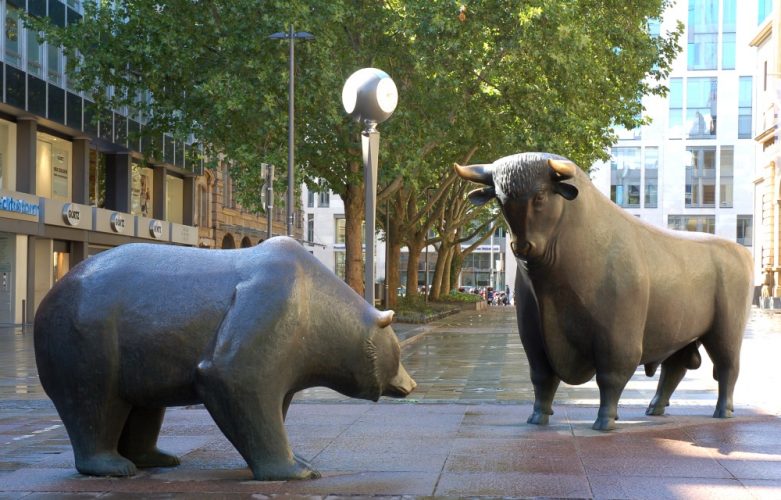
Nine-and-three-quarter years old. If the bull market were a child, it would be in the fourth grade, learning the state capitals and perhaps long division. But as stock runs go, this one’s a centenarian. It’s the longest bull market on record, if not quite the best—the S&P 500’s 333% rise from 2009 to its most recent peak in September is still shy of the dotcom boom’s 417% gain. But now more than ever, as they tick off the days toward this bull’s 10th birthday in March, investors seem anxious about that longevity. That’s the concern that Andrew Slimmon, managing director and senior portfolio manager at Morgan Stanley Investment Management, hears most often from clients: “It’s been nine years. We’ve gotta be nearing the end of this thing.”
That feeling has become more acute throughout 2018, in which there have been not one but two 10% stock market corrections. Contrast that with the beginning of the year, when “you had this sugar high” from tax reform and a government spending spree, as Saira Malik, head of global equities at Nuveen, puts it. It’s safe to say that high has worn off. U.S.-imposed tariffs have counteracted some of those corporate tax savings. The Federal Reserve has consistently marched interest rates higher, because that sugar high has accelerated economic growth and revived long-dormant inflation. Big tech—the so-called FAANG stocks that have been the engine driving much of the market’s rise the last few years—have signaled that they might not be able to grow as fast anymore. If you’d been missing your old friend volatility, just count the number of days this year when the stocks of S&P 500 heavyweights Amazon and Netflix closed either up or down at least 5% from where they opened. (There were a mind-boggling 25 collectively.)
It remains an open question whether the bull market will make it to middle school age. (A bull market doesn’t officially end until there’s a bear market—a drop of 20% from the peak.) But regardless of the overall direction, investors need to equip themselves appropriately for a new stage of this economic cycle. And the good news is that the global economy still shows strong signs of health. “At the end of the day, I don’t see enough indicators that the economy is entering a recession next year,” Slimmon says. “It leads me to believe that this is more of a pause within a bull market.”
On the plus side, recent selloffs have left many blue-chip stocks looking cheaper than they have in years. GDP growth topped 4% in the second quarter, the fastest expansion since 2014, and unemployment, at 3.7%, is at a 49-year low. It’s possible, says Melda Mergen, deputy global head of equities for Columbia Threadneedle Investments, that this bull will outlive expectations simply because the 2008 financial crisis was so severe, second only to the Great Depression in U.S. history. “It’s not a regular business cycle—it’s more like clearing the system and rebuilding,” she says.
That said, at this phase of that expansion, fewer companies can sustain the kind of growth they enjoyed a few years ago. Safety will also look different than it has in the past. While in recent years investors flocked to high dividend-paying industrial and multinational corporations for protection, many such stocks now look expensive, and are disproportionately exposed to tariffs. The key is looking for companies that can grow their profits in spite of economic or geopolitical shocks, and that have the scale to survive anything. “We will be defensive in the sense of investing in companies that can control their own destiny,” says Mergen. “We’re not going to buy things [just] because they are cheap.”
The 5 Best Financial Stocks to Buy for 2019
Rising interest rates and greater market volatility could help these companies thrive.
As investors start to sense the bull market winding down, they’re also preparing to weather the bear market that’s sure to follow. “We’re looking for companies that we’re sure are going to be survivors of a financial crisis, not that we’re forecasting one,” says Tom Hancock, manager of the $ 6.8 billion GMO Quality Fund. “It’s a long-term safety kind of view.” Ironically, that’s meant buying financial stocks, which were among the hardest hit in the 2008 crash. Hancock thinks they’ll fare better next time around because of their relatively reasonable valuations and the risk management measures they’ve implemented. He particularly likes banks that rely less on profits from their own trading, so they won’t be as hard hit if markets tank—such as U.S. Bancorp, a “conservative bank” that keeps its cash reserves and underwriting standards high. It also trades at less than 14 times earnings.
Dave Eiswert, manager of the $ 1.2 billion T. Rowe Price Global Stock fund, on the other hand, is looking to capitalize on the increasing bumpiness of markets: More volatility translates to more buying and selling—which means more revenue for companies that take a percentage of every trade. He’s bullish on CME Group, the options and futures trading giant that should benefit as greater volatility leads to higher trade volume, and CBOE, which literally makes the “VIX” volatility index. “As long as the world’s crazy, these stocks work,” Eiswert says.
Similar factors make MarketAxess “really exciting,” says Tom Slater, head of the U.S. equities team at Baillie Gifford, which oversees $ 256 billion in assets. That company is hoping to make low-cost electronic trading as popular in the bond market as it is with stocks. And as interest rates rise, fixed-income trading should pick up too, Slater says, luring traders to MarketAxess’s platforms.
At online brokerage TD Ameritrade, stock trading has been the bread and butter. But the company has also benefited from higher interest rates, says Marc Pinto, a Janus Henderson portfolio manager responsible for $ 25 billion in assets. When rates were low, TD Ameritrade essentially lost money on the customer deposits it holds. “Now that rates have gone up, that business is modestly profitable,” says Pinto. He also envisions potential mergers with the brokerage, which is already seeing results from its recent acquisition of Scottrade.
PICKS:
CME Group (CME)
CBOE (CBOE)
U.S. Bancorp (USB)
MarketAxess (MKTX)
TD Ameritrade (AMTD)
Below, the rest of “The 30 Best Stocks to Buy for 2019.”
- The 5 Best Tech Stocks to Buy for 2019—When Facebook and Google Are Cheap
- The 5 Best Biotech and Health Care Stocks to Buy for 2019 Now That Congress Can’t Repeal Obamacare
- The 5 Best Retail Stocks to Buy for 2019 Along With Amazon
- The 3 Best Asia Stocks to Buy for 2019 Even in a China Trade War
- The 6 Best International Stocks to Buy for 2019 Before the U.S. Economy Slows
A version of this article appears in the December 1, 2018 issue of Fortune, as part of the “2019 Investor’s Guide.”
Clarification: An earlier version of this article included a figure for Baillie Gifford’s U.S. assets under management. The article has been updated to reflect the global total.

